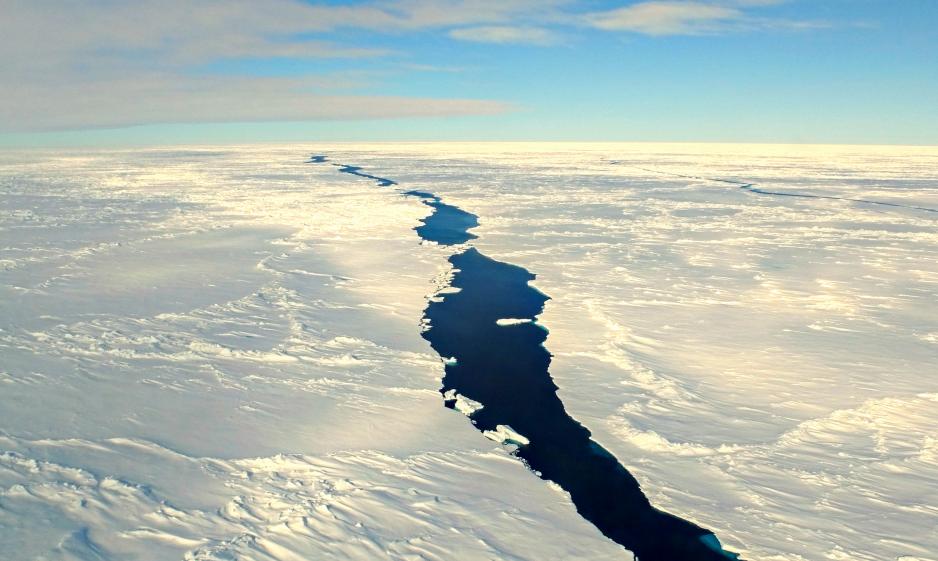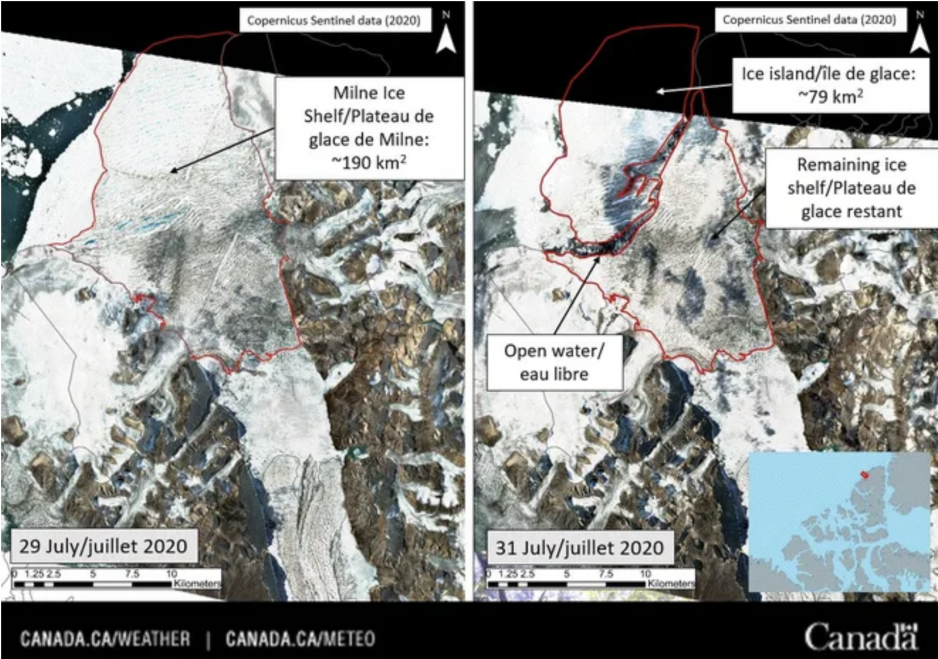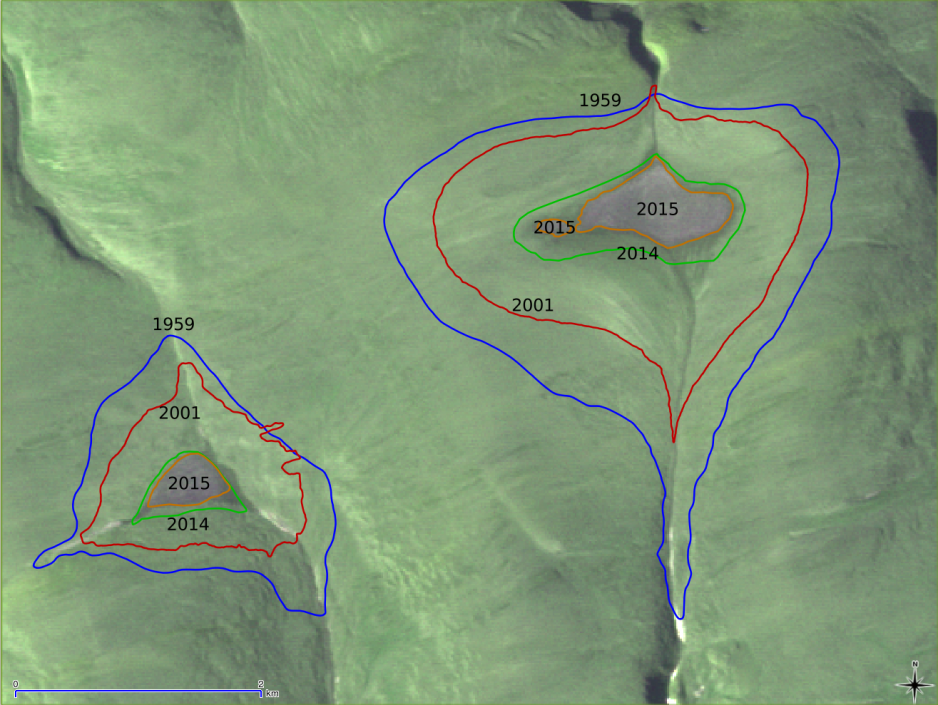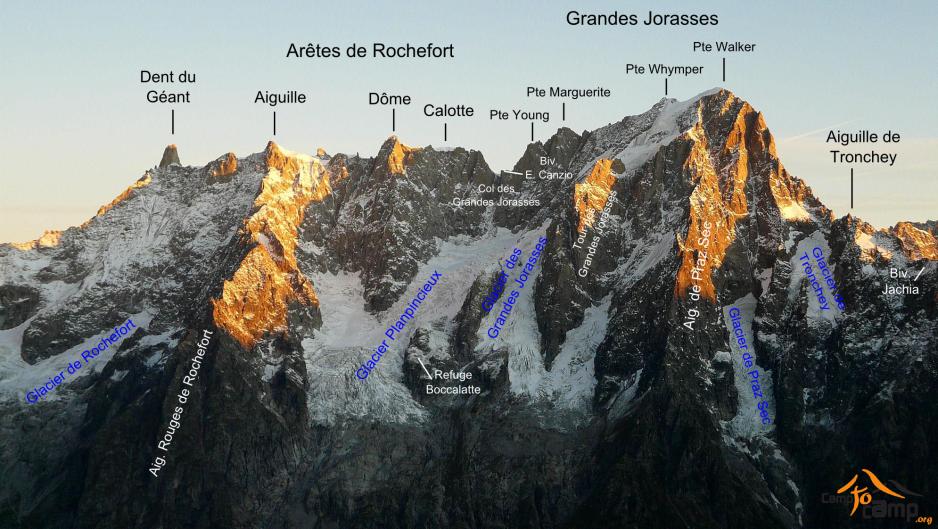New Study Warns of Abrupt Arctic Warming as Canadian Ice Shelf Collapses

Ice in the Milne Fjord on Canada’s Ellesmere Island in the Arctic (Source: Nate Wilson on Flickr.com under CC BY-SA 2.0)
Existing climate models may be underestimating the pace of warming in the Arctic, a new study suggests. The news comes as Canada’s largest remaining ice shelf disintegrated within a few days.
A new study published in the journal Nature Climate Change says that existing climate models underestimate how rapidly the Arctic is currently warming. The new research concludes that today’s rate of temperature increase – about one degree Celsius per decade – is similar to the rate of warming that occurred during periods of abrupt warming during the last ice age when temperatures could increase as much as 10-15 degrees during a few decades.
During the last “ice age” which lasted from around 120,000 years ago until 12,000 years ago, more than twenty periods of rapid warming occurred. These periods were preceded by a rapid and abrupt increase of air temperature globally, but especially over the Arctic.
The researchers thus warn that the current warming trends in the region are akin to what occurred during the last ice age and that current climate models don’t take into account the rapid warming of the past 40 years and discount the potential for abrupt warming.
“This is a warning that we have entered what must be characterized as an abrupt change in the climate”, says one of the
study’s authors, Eystein Jansen, professor at the Bjerknes Centre for Climate Change at the University of Bergen.
Less ice leads to increased warming
The study also points to the fact that Arctic sea ice has disappeared much quicker than most models predicted, says co-author Jens Hesselbjerg Christensen, a professor at the University of Copenhagen's Niels Bohr Institute (NBI).
"Changes are occurring so rapidly during the summer months that sea ice is likely to disappear faster than most climate models have ever predicted. We must continue to closely monitor temperature changes and incorporate the right climate processes into these models.”
He further adds that the new research “demonstrates that we have been clearly underestimating the rate of temperature increases in the atmosphere nearest to the sea level, which has ultimately caused sea ice to disappear faster than we had anticipated.”
Canada’s largest ice shelf disintegrates
The impact of climate change on the Arctic region was on display earlier this month when Canada’s largest intact ice shelf – large slabs of ice attached to the coastline and extending into the ocean – collapsed over the course of a few days.
The Milne Ice Shelf on Ellesmere Island, part of Canada’s Nunavut territory, broke up and lost around 80 square kilometers – about 43 percent of its total surface area. Satellite images show how a large portion of the shelf broke away.

Satellite images from July 29 and July 31 show a 79 square kilometer piece of the Milne Ice Shelf broke off. (Source: Canadian Ice Service)
Canada’s ice service explained that above-normal air temperatures, offshore winds and open water, all contributed to the break-up of the shelf. Ice shelves exist only in Antarctica, Russia, Greenland and Canada and most have persisted for thousands of years.
Canadian ice caps also melting
In addition, Canada’s Arctic also lost two of its ice caps on the Hazen Plateau in St. Patrick Bay, several years earlier than scientists had originally expected.
“When I first visited those ice caps, they seemed like such a permanent fixture of the landscape,” Mark Serreze, director of the American National Snow and Ice Data Center (NSIDC) and a Professor at the University of Colorado in Boulder, said in a statement. “To watch them die in less than 40 years just blows me away.”

Extent of the St. Patrick Bay ice caps between 1959 and 2015. NASA satellite images from July 2020 now show the ice caps completely melted out. (Source: NSIDC)
The Arctic region has seen dramatic spikes in temperature over the past years. Earlier this summer, parts of Russia’s Arctic for the first time surpassed 100 degrees Fahrenheit (38 degrees Celsius).
The impacts of climate change on ice and glaciers though are not limited to higher latitudes. Up to 100 people were evacuated from the Ferret Valley in Northern Italy due to concerns that parts of the Planpincieux Glacier on the Mont Blanc could collapse.

The Mont Blanc South Face with location of glaciers. (Source: Christian on Wikimedia under CC BY-SA)
The glacier has been under surveillance since 2012 and recently began to move rapidly, more than one meter per day, with some sections going through “very rapid evolutions” during the past 15 days.


